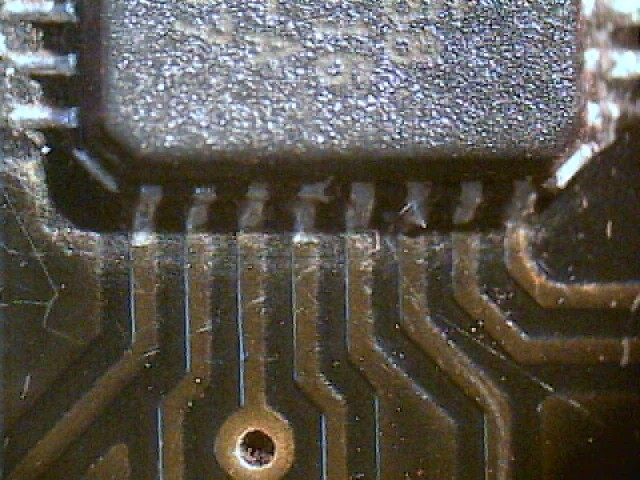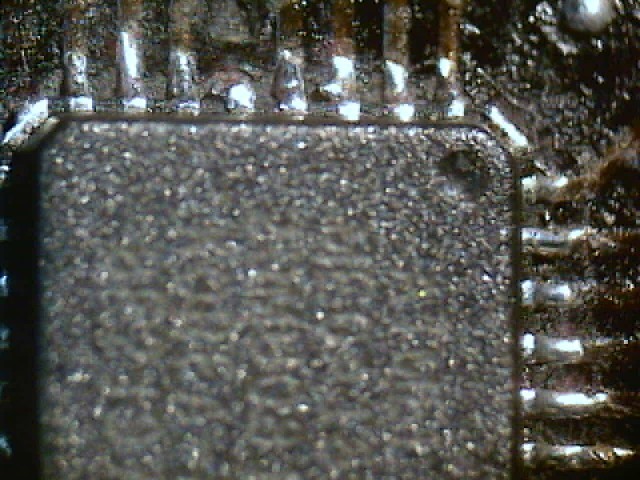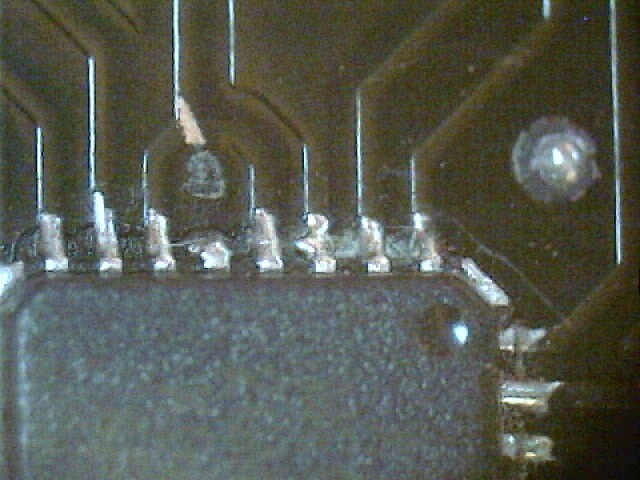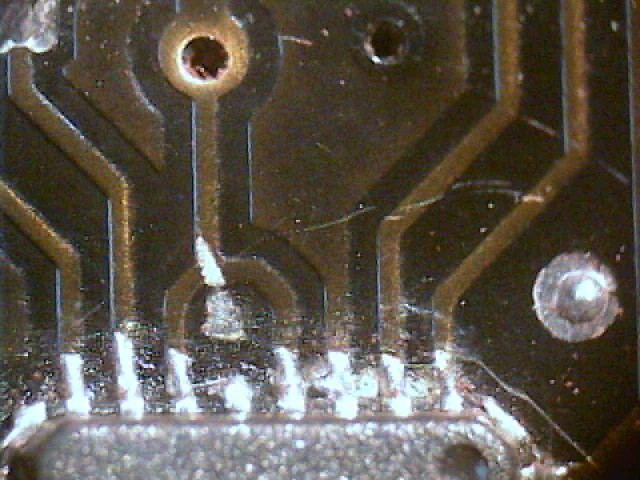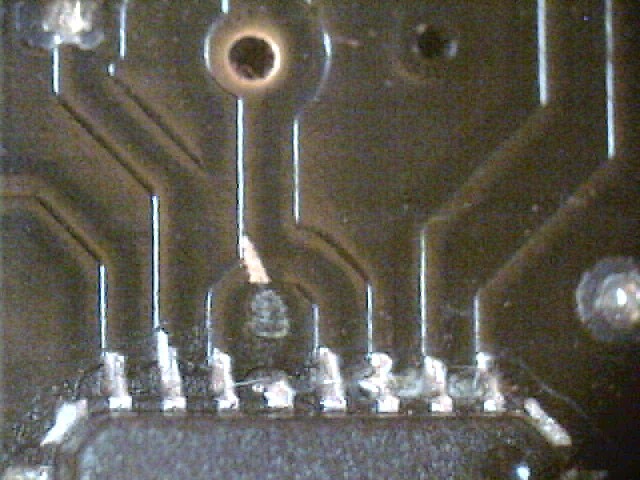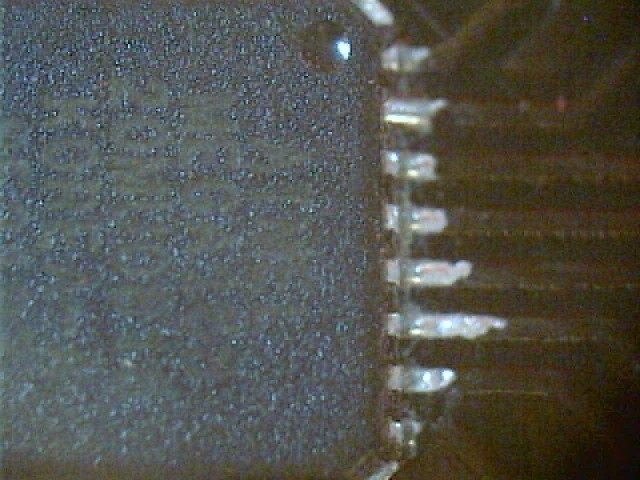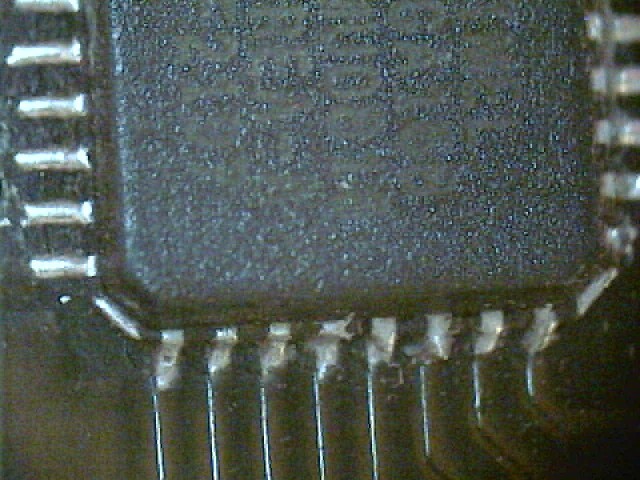Dear Ben,
I am sorry for this time without answer. I replaced again the Atmel processor and good news!!
The programmer now can read the processor signature.
I executed the command you give me getting the following output:
D:>avrdude -p m168 -P COM9 -c avrispv2 -e -U lfuse:w:0xF6:m -U hfuse:w:0xDC:m -
U efuse:w:0x01:m
avrdude: AVR device initialized and ready to accept instructions
Reading | ################################################## | 100% 0.19s
avrdude: Device signature = 0x1e9406
avrdude: erasing chip
avrdude: reading input file “0xF6”
avrdude: writing lfuse (1 bytes):
Writing | ################################################## | 100% 0.17s
avrdude: 1 bytes of lfuse written
avrdude: verifying lfuse memory against 0xF6:
avrdude: load data lfuse data from input file 0xF6:
avrdude: input file 0xF6 contains 1 bytes
avrdude: reading on-chip lfuse data:
Reading | ################################################## | 100% 0.08s
avrdude: verifying …
avrdude: 1 bytes of lfuse verified
avrdude: reading input file “0xDC”
avrdude: writing hfuse (1 bytes):
Writing | ################################################## | 100% 0.17s
avrdude: 1 bytes of hfuse written
avrdude: verifying hfuse memory against 0xDC:
avrdude: load data hfuse data from input file 0xDC:
avrdude: input file 0xDC contains 1 bytes
avrdude: reading on-chip hfuse data:
Reading | ################################################## | 100% 0.06s
avrdude: verifying …
avrdude: 1 bytes of hfuse verified
avrdude: reading input file “0x01”
avrdude: writing efuse (1 bytes):
Writing | ################################################## | 100% 0.06s
avrdude: 1 bytes of efuse written
avrdude: verifying efuse memory against 0x01:
avrdude: load data efuse data from input file 0x01:
avrdude: input file 0x01 contains 1 bytes
avrdude: reading on-chip efuse data:
Reading | ################################################## | 100% 0.06s
avrdude: verifying …
avrdude: 1 bytes of efuse verified
avrdude: safemode: Fuses OK
avrdude done. Thank you.
-----------------------------------------8<------------------------------------------
It’s looks perfect, however I tried to save a program and the AVR Studio give me the same error I reported you some days ago. I tried to put down the programmer speed but it doesn’t work.
Checking the ISP mode window I realise than the Oscillator Calibration Byte is fixed to 8.0Mhz and I have no other option.
Any idea in order to finally repair the Pololu 3pi? Do you need more information than can help you to detect where will be the mistake?
Thank you very much in advance,
Jose Carpio.

 I tried to change the ISP frequency of the programmer with AVR Studio. I changed the frequency without problems, but was not possible to program 3pi at any frequency.
I tried to change the ISP frequency of the programmer with AVR Studio. I changed the frequency without problems, but was not possible to program 3pi at any frequency.